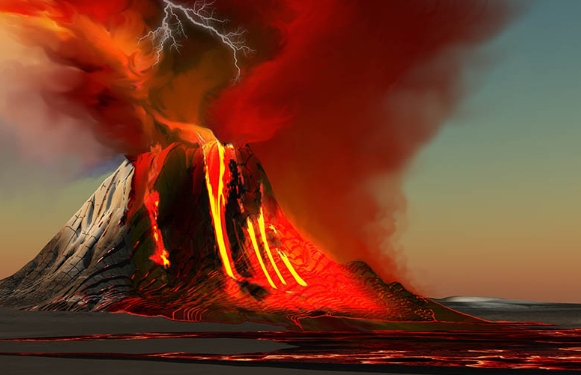Volcanoes are fascinating natural phenomena that have captivated humans for centuries. But what exactly is a volcano? Let’s unpack the definition of this geological wonder.
What is a Volcano?
A volcano is a vent in the Earth’s crust through which molten rock, ash, and gases are ejected. This can result in volcanic eruptions that can be both destructive and awe-inspiring.
Types of Volcanoes
There are different types of volcanoes, including shield volcanoes, cinder cone volcanoes, stratovolcanoes, and calderas. Each type has its own unique characteristics and eruption patterns.
How do Volcanoes Form?
Volcanoes form when tectonic plates shift and create weak spots in the Earth’s crust. This allows magma from the mantle to rise to the surface, eventually erupting through the volcano’s vent.
Why Do Volcanic Eruptions Occur?
Volcanic eruptions occur due to the build-up of pressure from molten rock and gases within the volcano’s chamber. When this pressure becomes too great, it causes an explosive release of energy in the form of an eruption.
The Impact of Volcanic Activity
Volcanic activity can have both positive and negative impacts on the environment and surrounding communities. While eruptions can be devastating, they also play a crucial role in shaping the Earth’s landscape and providing nutrients for soil.
Studying Volcanoes
Scientists study volcanoes to better understand their behavior and predict when eruptions may occur. This research is crucial for protecting populated areas near active volcanoes and mitigating the effects of volcanic disasters.
In conclusion, a volcano is a powerful force of nature that can both awe and terrify. By understanding the definition of volcanoes and their characteristics, we can better appreciate the beauty and danger they represent.

